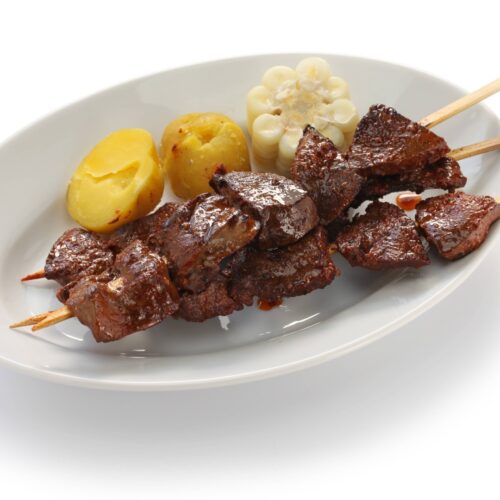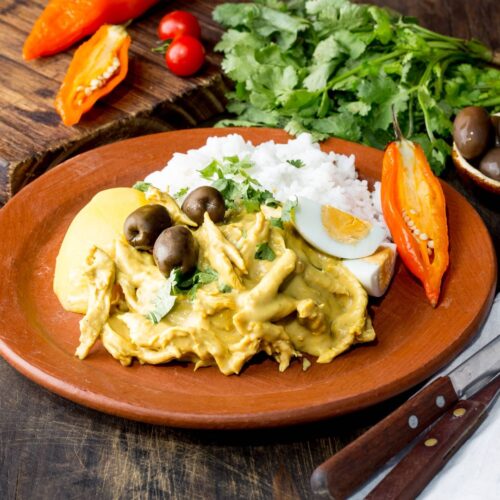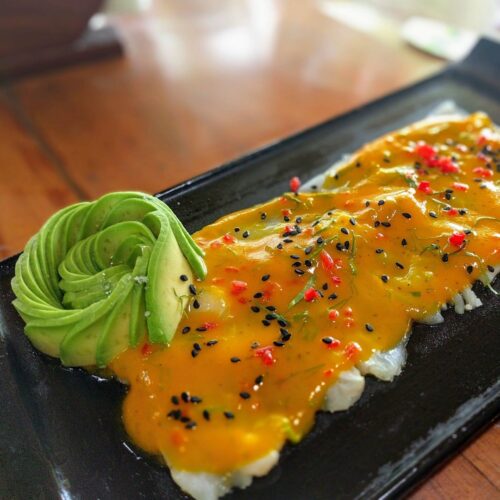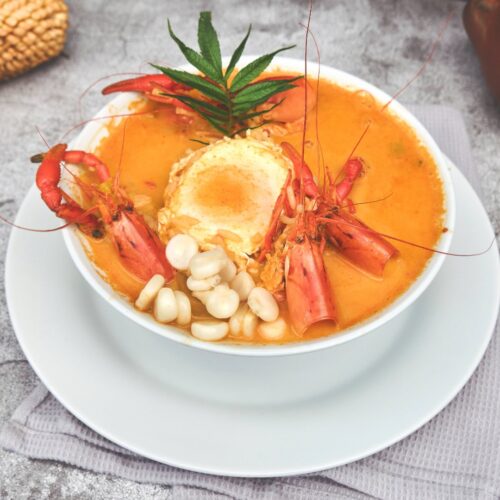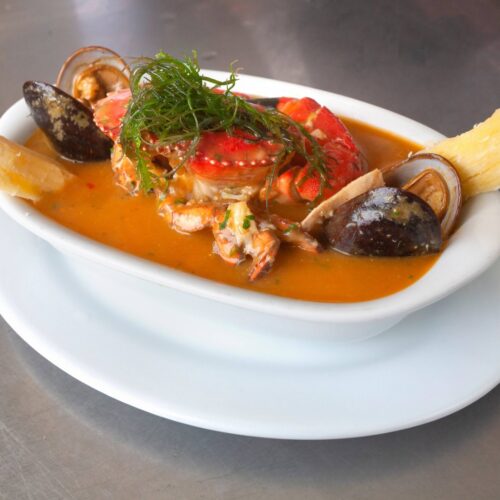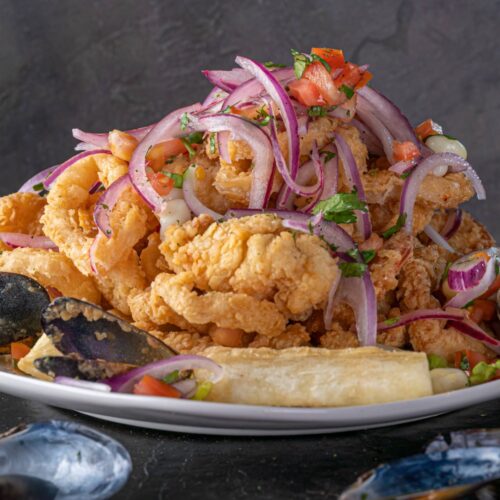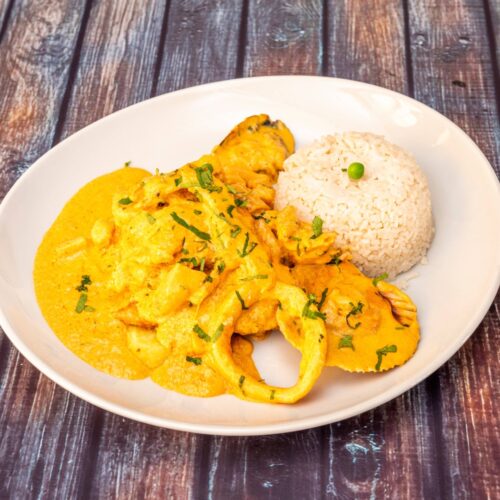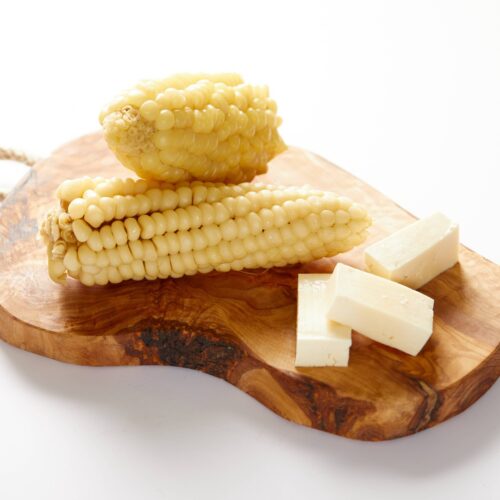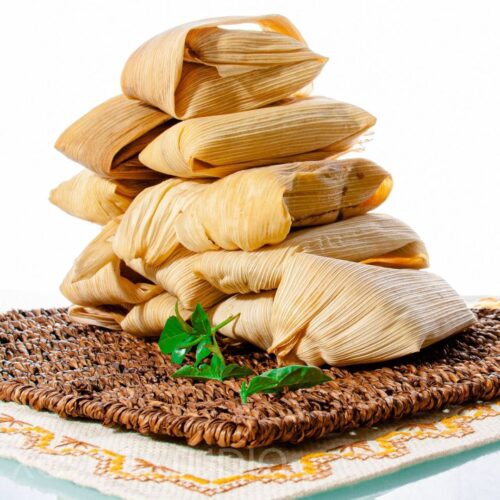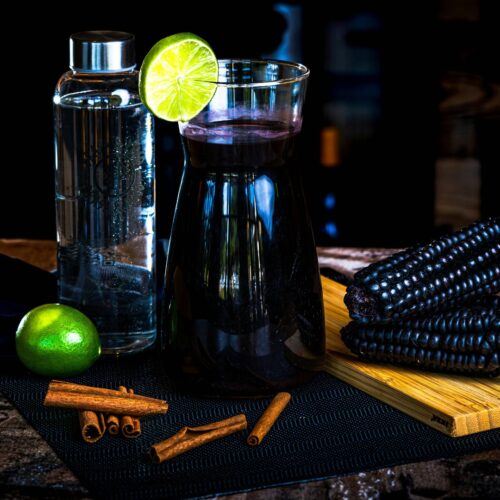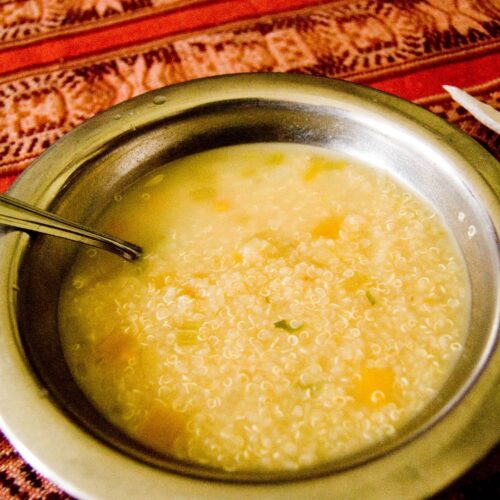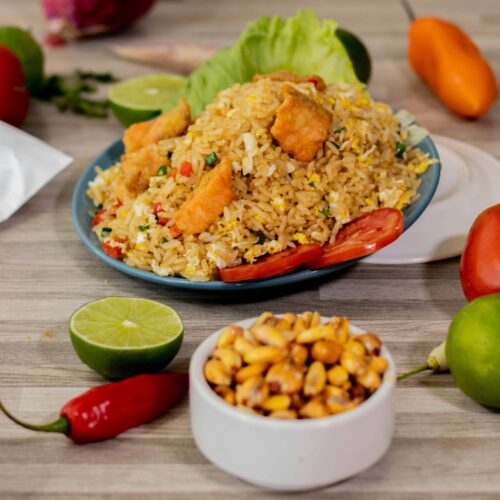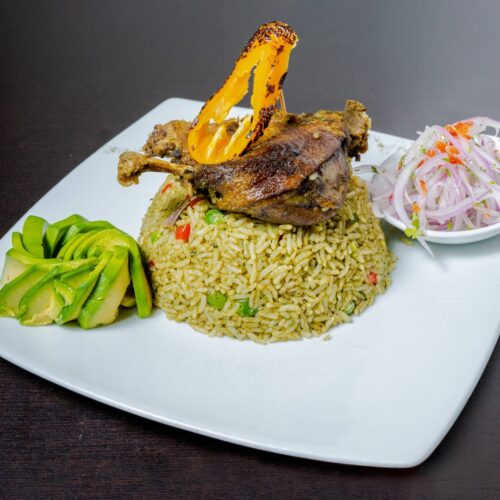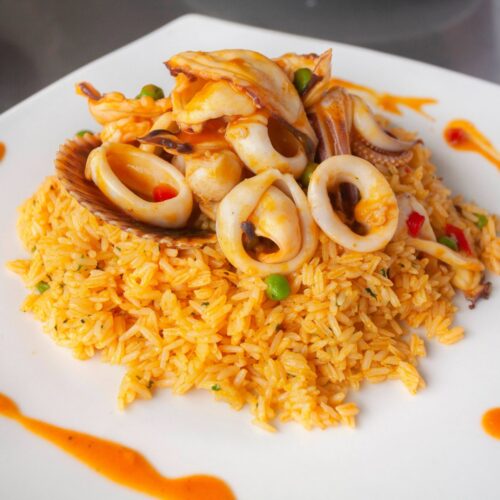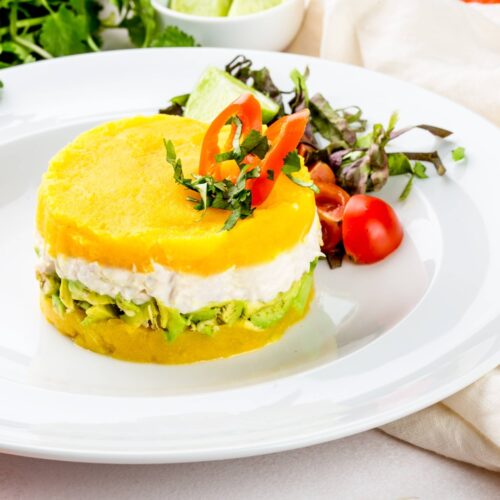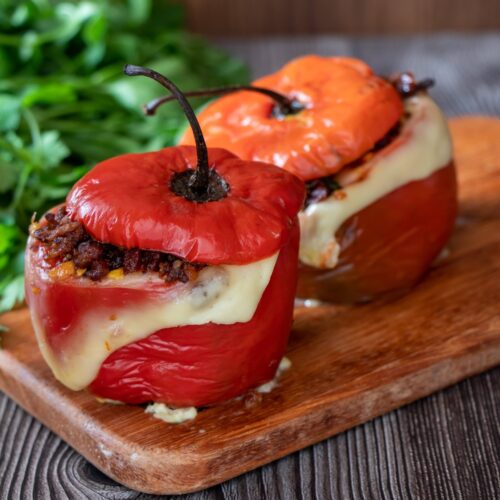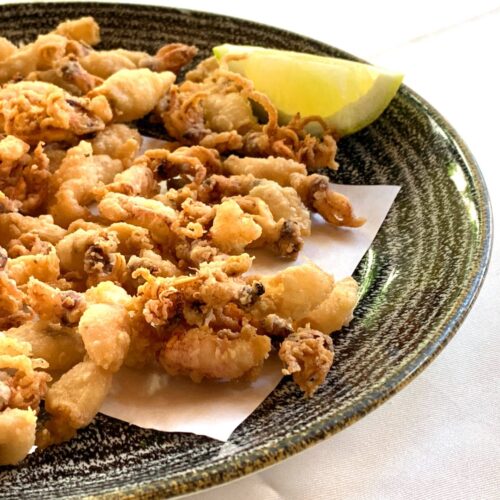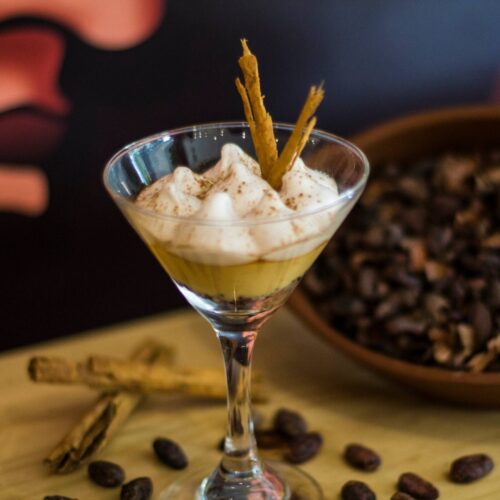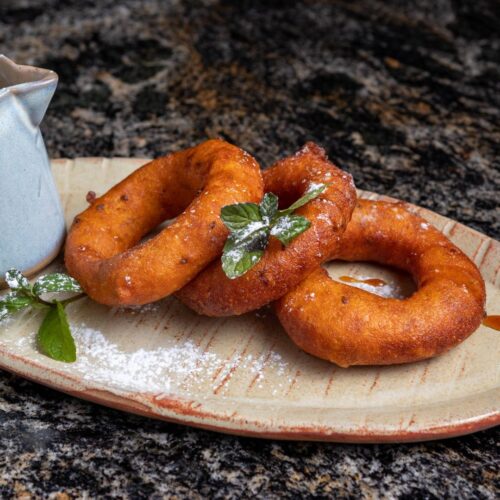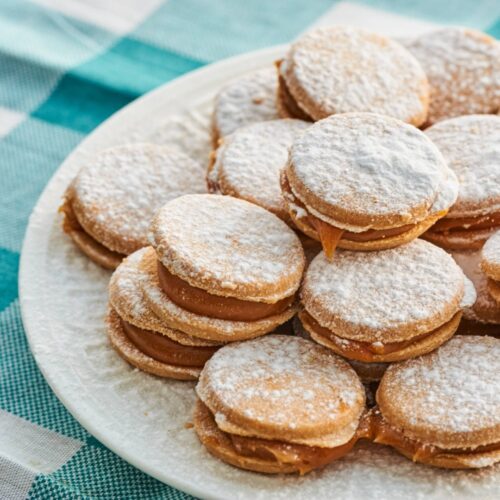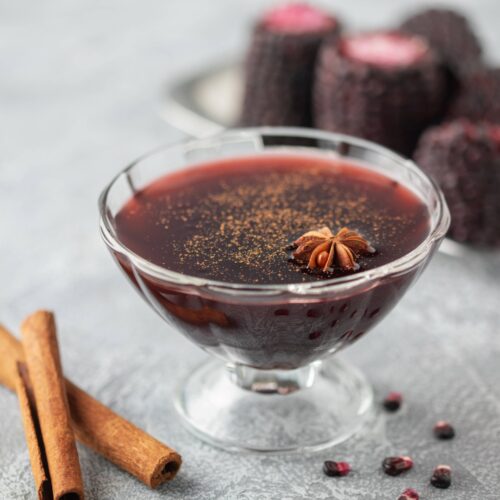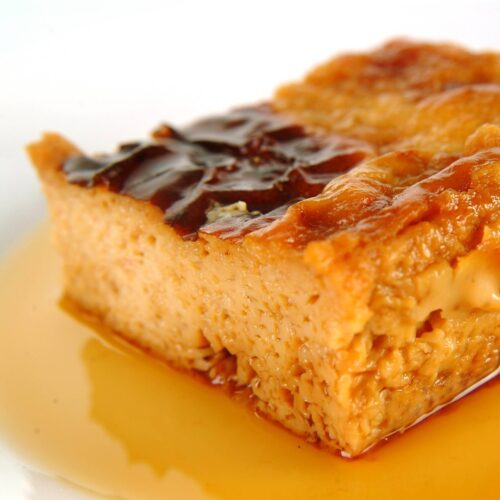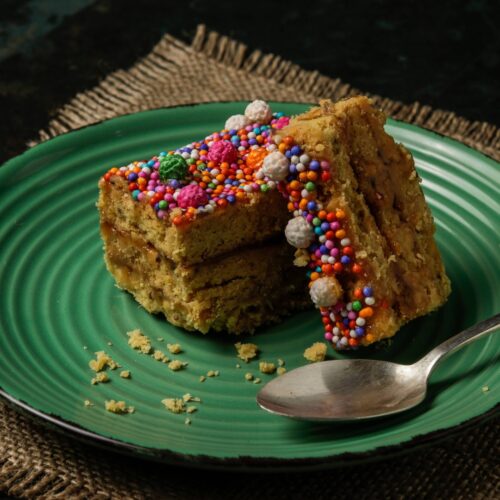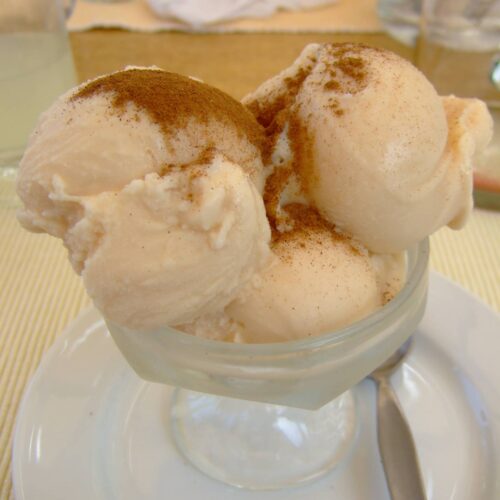THE ESSENCE OF PERUVIAN CUISINE
Peruvian cuisine’s distinctiveness comes from several foundational ingredients that make it immediately recognizable: ají amarillo, bright orange peppers, potatoes, and large-kerneled corn choclo. Fresh, acid-based preparations are one major focus; starch-centered dishes form another focus, but they are uniquely combined with intense flavors. Multiple texture combinations are fundamental to how dishes are constructed. A typical Peruvian plate often combines smooth, crunchy, and tender elements all in one dish. For example, ceviche is served with smooth sweet potato, crunchy corn, and tender fish, while lomo saltado combines crispy French fries with stir-fried meat and vegetables. Sauce-based dishes are another focus, ant those saues are unique in their complexity. An interesting aspect of Peruvian meal patterns is the prominence of soup, which often appears at multiple meals throughout the day.
Peruvian cuisine is distinguished by its ability to combine different techniques within a single dish, often featuring both cooked and raw elements, hot and cold components, or crispy and smooth textures, all in the same dish.
A typical Peruvian meal might start with a soup or appetizer like sopa de lentejas or causa, followed by a main – lomo saltado or ceviche. For dessert, you might have suspiro a la limeña or picarones. Popular beverages are chicha morada – a corn-based purple drink; pisco sour – an alcoholic cocktail; and inca kola – a soda with a lemon verbena taste.
GRAINS IN PERUVIAN CUISINE
Peru’s grains are uniquely distinctive. Quinoa stands out as Peru’s most famous grain contribution to the world, although technically, it’s a pseudocereal, grown in 3000 varieties in various altitudes. Quinoa in appears in light broths and thick stews, where it’s combined with vegetables, meat, and local herbs. When served as a main grain, quinoa is toasted before cooking. Or cooked until very soft and paired with dairy products for creamy, filling dishes. Ground quinoa has been used in baking, often mixed with wheat flour for breads and similar products. A key principle across is that quinoa was rarely served plain.
Kiwicha – amaranth – is another distinctive Peruvian grain that was sacred to the Incas. Unlike amaranth found elsewhere, Peruvian kiwicha has been selectively bred for larger seed size and better nutritional content. It’s often used in unique ways, such as making kiwicha pop (similar to popcorn but tiny).
Cañihua, a lesser-known but nutritionally powerful grain, is almost exclusively grown in Peru’s Altiplano region. It’s similar to quinoa but smaller and doesn’t contain saponins (the bitter coating that must be washed off quinoa).
Giant white corn, maíz blanco gigante, from Cusco’s Sacred Valley, is so unique that it has a Denomination of Origin. These corn kernels are two to three times larger than regular corn, with a distinctive texture and flavor that can’t be replicated elsewhere. Purple corn, used to make chicha morada, is uniquely Peruvian.
Multiple grains often appear in the same dish, each with a specific purpose – for example, chupe de quinoa features both quinoa for body and corn for texture. This layering of different grains in one dish is a distinctly Peruvian tradition.
Though corn is the most significant grain, rice did not take long to become a daily staple after Chinese immigration. It appears at most lunch and dinner meals, served alongside dishes rather than incorporated into them. The pattern is similar to much of Latin America, where white rice is a basic side with main dishes. Even when potatoes are served, rice sits alongside.
Wheat, mostly eaten as bread and pasta, comes second. Bread is key at breakfast and supper, and pasta often appears at lunch and dinner. Popular dishes include tallarin saltado (stir-fried noodles) the fusion dish with Chinese cuisine. Galleries verdes – Peruvian pesto pasta – demonstrates Italian influence.
PRODUCE IN PERUVIAN CUISINE
Root vegetables appear in unusually diverse ways. Beyond the famous 4000 potato varieties, Peruvians like oca, and mashua tubers. Unlike cuisines where starches are just sides, Peruvian causa, papa a la huancaína, and ocopa turn potatoes into center of attention.
Cassava root (yuca in Peru) is important in Amazonian and coastal regions. It’s very energy-rich – high in carbohydrates, but low in protein and fat, also quite bland in flavor. In Peruvian cuisine it serves as a mild, starchy counterpart to balance stronger flavors, like in ceviche, to balance the acidity.
Peruvian cuisine utilizes ají amarillo, ají panca, and rocoto chili pepper varieties for their distinct flavors and vibrant colors, primarily due to their heat.
Peru’s native fruits have created entirely new flavor categories in global gastronomy. Take lucuma, for instance – its unique maple-caramel flavor is so distinct that it’s become a highly sought-after in international desserts. Similarly, camu camu sour berry, with its high vitamin C content (up to 60 times that of an orange), represents a category of ‘superfruit’ that existed in Peru for centuries before the term was even coined. Peruvian fruits frequently go into savory dishes: sauces for fish and meat, and combined with chilies.
MEAT IN PERUVIAN CUISINE
Poultry is the most popular meat, with three times more poultry consumed than all other meats combined. Varying altitudes in geography make the large-scale cattle or pork industry challenging. An efficient poultry production system was developed in the 1950s-60s, leading to widespread availability and lower prices. Government policies actively promoted poultry as a solution to protein deficiency, establishing lasting dietary preferences. Chicken features in many iconic dishes, such as ají de gallina – a chicken stew, pollo a la brasa – a rotisserie chicken, arroz con pollo, and various chifa dishes.
In high altitudes, alpacas and llamas were raised in their entirety – meat for food, wool for textiles, dung for fuel, and bones for tools. The Inca empire had a sophisticated system for llama meat preservation – they created charqui (jerky), that could be stored for months and was vital for feeding their armies. Today, those are particularly lean meats, high in protein and low in cholesterol, best prepared with slow cooking.
While many cultures have historically eaten organ meat out of necessity, Peru has transformed beef heart into an iconic dish. The meat is marinated, skewered, and grilled over coals, creating a smoky, charred exterior and a tender interior. Today, you’ll find anticucho vendors (anticucheros) throughout Peru, particularly in Lima, where they’re a loved late-night street food.
Lomo saltado is a perfect example of fusion cuisine. The name comes from lomo – tenderloin and saltado – jumped or stir-fried. Today, it’s considered one of Peru’s national dishes, found everywhere. The dish emerged from chifas in Lima, where Chinese immigrants adapted their stir-fry to local Peruvian ingredients. The inclusion of French fries shows European influence, while the use of native aji peppers maintains Peruvian identity.
FISH AND SEAFOOD IN PERUVIAN CUISINE
Peruvian ceviche is a national heritage of the country. At its core, it’s fresh raw fish ‘cooked’ in lime juice, through a process called denaturation. Traditionally, corvina – sea bass, or other white-fleshed fish, is cut into bite-sized cubes and marinated with leche de tigre – tiger’s milk. It is a citrus-based marinade containing fresh lime juice, aji, red onions, garlic, salt, and fish juices that are released during the marination. Leche de tigre is sometimes drunk straight. The dish is accompanied by large-kernel corn choclo, toasted corn kernels, sweet potatoes, red onions, and fresh cilantro.
Ceviche dates back to ancient Peru, where coastal civilizations used fermented juice from local fruits to cure fish. Unlike other Latin American ceviches that marinate for hours, Peruvian ceviche is typically ‘cooked’ for just a few minutes before serving, preserving the fish’s texture and freshness.
Peruvians frequently combine lime with aji peppers in their seafood dishes. This isn’t just in ceviche – look at parihuela – seafood soup, tiradito – raw fish dish, and even fried dishes’ accompaniments. Many dishes combine hot and cold elements in creative ways.
EGGS, FATS, AND DAIRY IN PERUVIAN CUISINE
Before Spanish colonization, there was no dairy in Peru. The Spanish introduced cattle, sheep, and goats to the Andes. Indigenous communities created unique hybrid dishes that combined European dairy with native ingredients like aji and herbs. Most egg and dairy dishes in Peruvian cuisine are either post-colonial developments.
Milk is used primarily in desserts and sauces, rather than as a standalone drink. Fresh cheese queso fresco is important in savory dishes and soups. Condensed and evaporated milk are more of a signature of Latin America – imported during the 19th century, they are staples in Peruvian desserts.
Peru has distinctive regional cheeses, particularly from mountain areas:
– queso fresco andino: a fresh white cheese essential in many dishes.
– queso cajamarca: a semi-hard cheese from northern Peru.
– queso paria: a distinctive cheese from the Puno region.
Peruvian cuisine has historically relied less heavily on fats than many other world cuisines. Many traditional techniques, such as pachamanca – earth oven cooking – and huatia—field-baked potatoes, ceviche, and dried meats – don’t require added fats. Steaming and boiling are common cooking methods that use minimal fat, so Peruvian cuisine generally uses fats more sparingly.
NUTS AND DESSERTS IN PERUVIAN CUISINE
Peru has a relatively low consumption and cultivation of nuts. Tree nuts weren’t native to the region and weren’t a significant part of pre-Colombian diets. However, peanuts, while technically legumes, are used in some traditional dishes carapulcra stew and ceviches, though not as extensively.
Peru has the highest genetic diversity of cacao in the world. Many varieties have a distinctive smooth, creamy texture even at high cocoa percentages, so many premium chocolate makers specifically source Peruvian beans. The ancient cacao of piura – pure national, is particularly interesting for its floral notes and lack of bitterness. Many cacao farms are at higher elevations than typical, affecting flavor development.
Traditional Peruvian desserts tend to be quite sweet, often featuring concentrated sweetness through dulce de leche, chancaca – raw sugar cane syrup, and heavy use of condensed milk. Many desserts combine European colonial influence, like custards, pastries, and meringues, with local fruits lúcuma, aguaymanto, and maracuyá. The combination of sweet and starchy sweet potato or squash is common, as is purple corn and rice.

